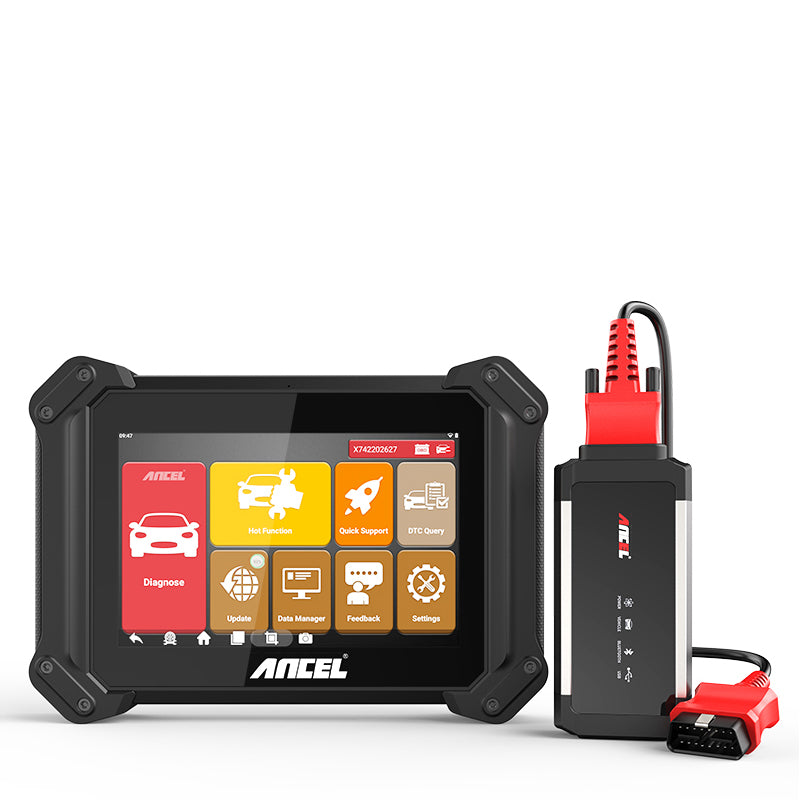P0401: Exhaust Gas Recirculation (EGR) Flow Insufficient Detected
The P0401 code is an OBD-II diagnostic trouble code that stands for “Exhaust Gas Recirculation (EGR) Flow Insufficient.” This code indicates that the EGR system in your vehicle isn’t allowing enough exhaust gas to circulate back into the engine’s combustion chamber, which is necessary to reduce nitrogen oxide (NOx) emissions.
How the EGR System Works
The Exhaust Gas Recirculation (EGR) system is designed to reduce NOx emissions by lowering the combustion temperature in the engine. It does this by recirculating a portion of the exhaust gases back into the combustion chamber. These gases mix with the air-fuel mixture, reducing the overall temperature and preventing excessive NOx production, which contributes to smog.
Symptoms of a P0401 Code
When the P0401 code is triggered, several symptoms may become noticeable:
- Check Engine Light: The most obvious sign is that the check engine light will turn on, alerting you to a problem in the emissions system.
- Reduced Fuel Efficiency: With the EGR system not functioning correctly, your engine may work harder than usual, consuming more fuel.
- Poor Engine Performance: Slower acceleration and sluggish engine performance.
- Engine Knocking or Pinging: Due to increased combustion temperature, you may hear knocking or pinging sounds.
Common Causes of the P0401 Code
Several factors can lead to the P0401 code, all of which are related to the EGR system:
- Clogged EGR Valve: Over time, carbon can build up in the EGR valve, restricting the flow of exhaust gases.
- Faulty EGR Valve: The EGR valve may not open or close properly due to wear or mechanical failure.
- DPFE Sensor Malfunction: The Differential Pressure Feedback EGR (DPFE) sensor monitors the pressure in the EGR system.
- Vacuum Leaks: The EGR valve often operates via a vacuum system. If there’s a vacuum leak, the valve may not open correctly.
- EGR Passage Blockage: Carbon buildup in the intake manifold or EGR passages can block the flow of exhaust gases.
Why the P0401 Code Shouldn't Be Ignored
The P0401 code is not just a minor issue—it can lead to significant problems if left unresolved. The EGR system helps lower combustion temperatures, and when it’s not functioning correctly, the engine runs hotter than it should.
Can I Still Drive with a P0401 Code?
While you technically can drive with a P0401 code, it’s not recommended. Driving with this issue can cause further damage to your engine.
How Challenging Is It to Diagnose and Repair a P0401 Code?
Diagnosing and fixing a P0401 code can range from relatively simple to more complex, depending on the cause. A mechanic will typically follow these steps:
- OBD-II Scan: The first step is to use an OBD-II scanner to retrieve the code.
- Visual Inspection: The mechanic will inspect the EGR system for visible issues, such as damaged vacuum hoses or corroded connections.
How to Fix the P0401 Code
Once the issue is diagnosed, fixing the P0401 code typically involves:
- Cleaning the EGR Valve: If carbon buildup is the issue, cleaning the EGR valve and intake manifold can restore proper flow.
- Replacing the EGR Valve: If the valve is faulty or not opening correctly, it may need to be replaced.
- Fixing Vacuum Leaks: Repairing or replacing any damaged vacuum hoses can resolve the issue.
Take P0401 Seriously
The P0401 code is a serious issue that affects both engine performance and emissions control. Address the problem promptly to ensure your vehicle runs efficiently and remains roadworthy.







